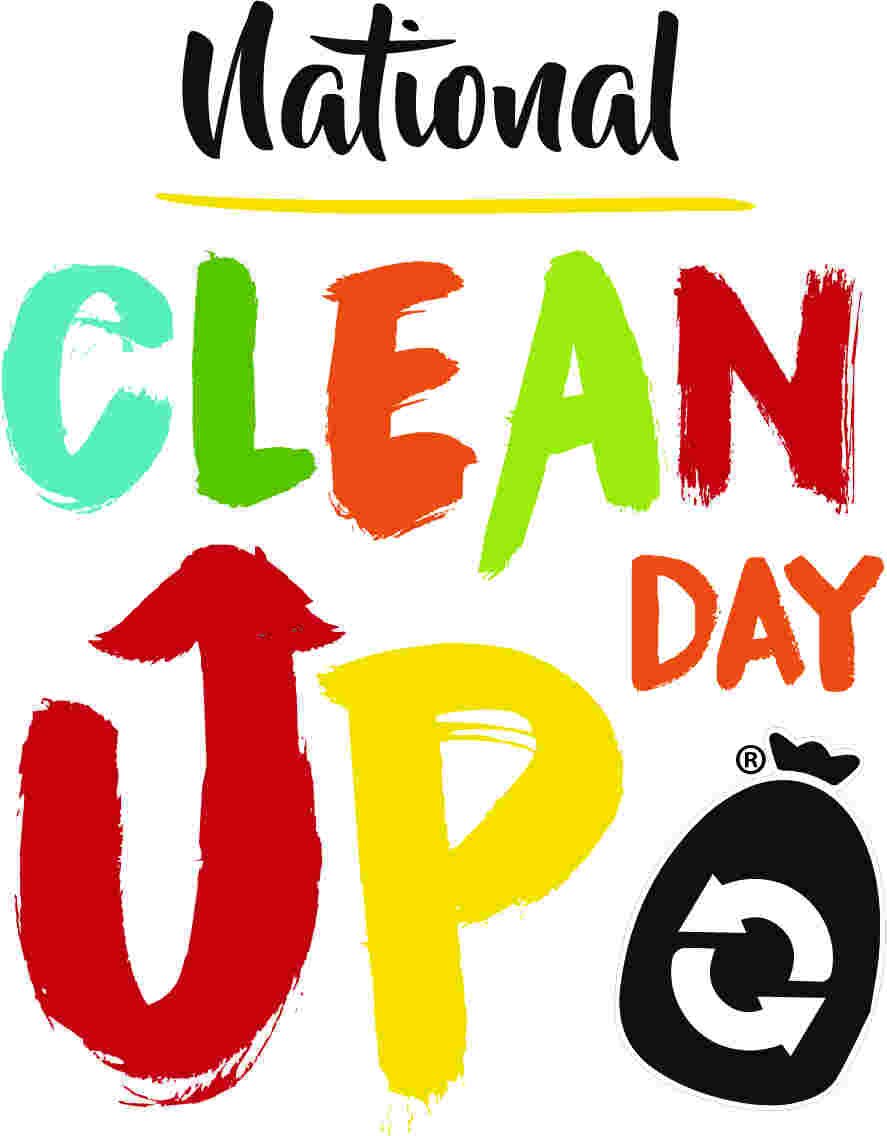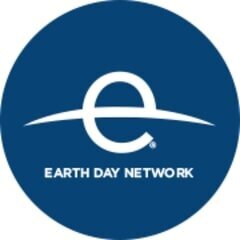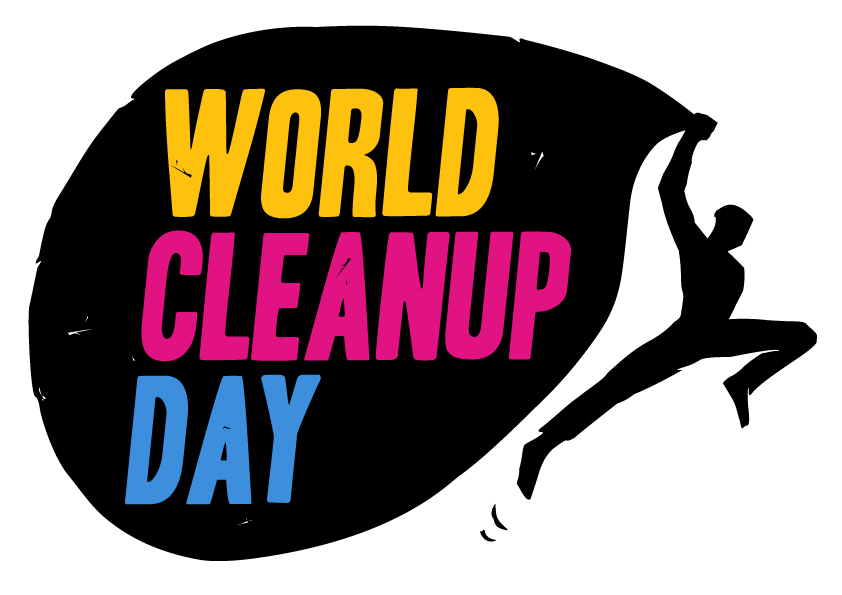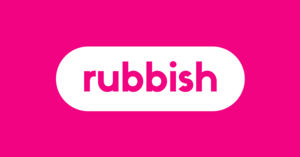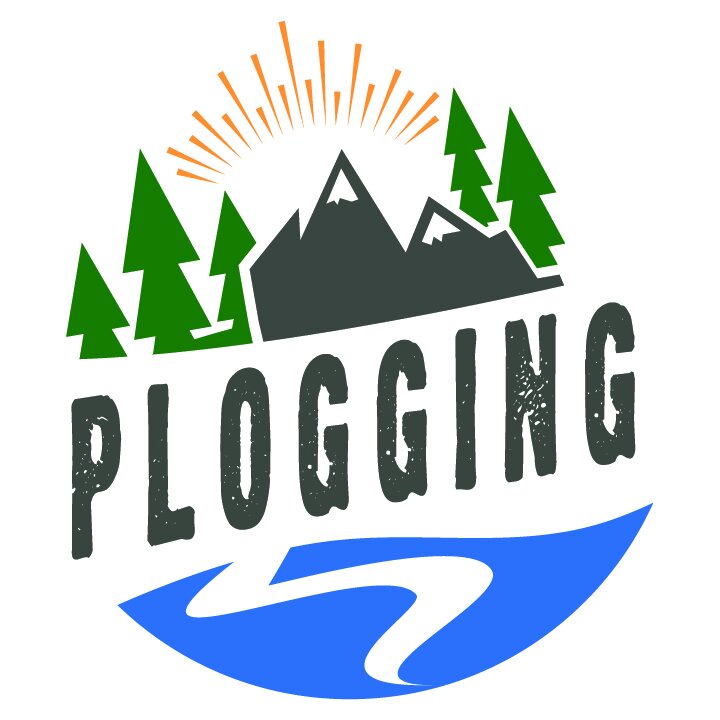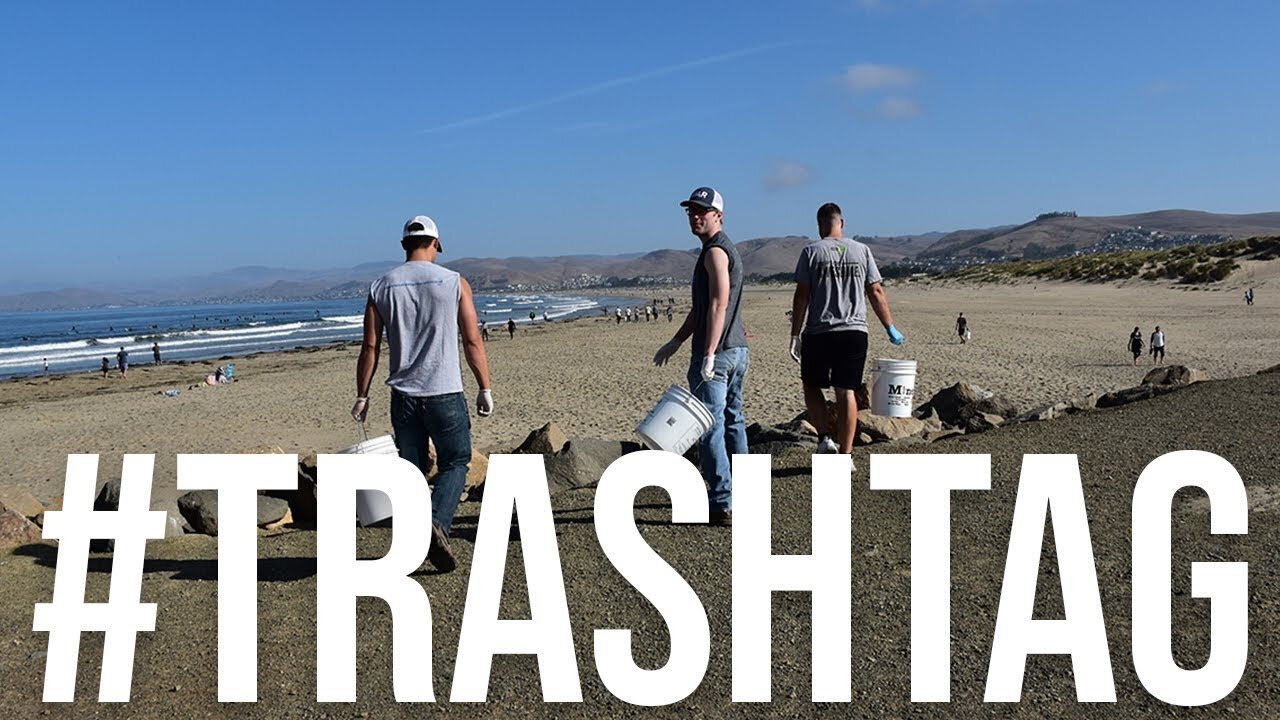Safetly Checklist for Individual cleanups
Ensure that it is safe and permissible by local authorities.
Always follow health and safety ordinances before heading outside. If you live in an area where you can be outside, be sure to practice social distancing and robust sanitation practices before, during, and after your cleanup.Select an appropriate time and route for your cleanup.
Choose a safe location: Select a place where it is less likely you will be around other people. Your cleanup route can be done in your neighborhood or a nearby park.
Select a route: Before heading out, know what route you want to take and calculate how long it will take.
Time: Always do your cleanup in daylight and when weather conditions are suitable.
Be Prepared for the Unexpected
Download the GOES Health App - an outdoor oriented medical platform.
Cancel or move the date if conditions become unsafe.
Have a first aid kit along with water and snacks in case of need.
During the cleanup
Ensure that you wear a mask and some form of gloves for protection. Additionally, BBQ tongs, salad tongs, or other pickup device can help create further separation between you and the litter.
Sign an Online Liability Waiver – Make sure that the organization you are joining is using a digital waiver. When you sign, please donate so we can spread the word.
Never touch the litter directly or your face during your cleanup.
Bring hand sanitizer, especially if you are somewhere where you are unable to wash your hands. - Only pick up litter that is safe to handle and can be easily disposed of or recycled.
Ensure that you are following guidelines set out by the CDC and EPA on how to dispose PPE gear. To really go the extra mile, consider using an App to log your piece of litter and support citizen science.
After the cleanup
Make sure to wash your hands as soon as possible.
Disinfect all the reusable equipment that was used during your cleanup.
Publicize the success of your cleanup on social media.
Tag us at @NationalCleanUpDay with the hashtag #NationalCleanUpDay #TrashTag #Plogging. We love to feature our volunteers!
Follow these 8 steps to make the most of your CleanUp.
1. Manage Participant Waivers
No one wants to think about something going wrong at a Cleanup event – but if it does, you need to be covered. In all of the organized Cleanups we’ve participated in, we’ve had to sign waivers. Waivers are a basic element of a well-planned Cleanup day.
National Cleanup Day has partnered with Otter Waiver to reduce volunteer paper consumption to zero this year. Simply signup for Otter and you’ll be legally protected in a way that’s aligned with your goals for social responsibility.
Before you start organizing your event, make sure to set up a free account with Otter Waiver to run all your volunteer waivers through. All the steps can be found here.
2. When planning a large community event, organize a suitable planning group:
Invite members from local government, civic organizations, clubs, homeowner associations, churches and media to serve on a CleanUp planning committee.
Having a diverse coalition can help the event run smoothly.
Ask your Mayor for a National CleanUp Day Proclamation - it’s simple to do and your Mayor will usually make the proclamation annually without need for a vote.
3. Select an appropriate site, date, and time:
Choose a public location: a park, a river, or a similar community site that is ideally accessible by public transportation or bicycle
Select a date: National CleanUp Day is on the Third Saturday in September, but your cleanup can occur anytime during the month of September
Time: Depending on where you are, choose a time that allows for plenty of daylight and comfortable temperatures for volunteers.
4. Plan your CleanUp:
Build a Waiver for your event on Otter Waiver. This is an important step for liability and volunteer security.
Determine the size of crew needed to clean each area.
Determine transportation needs to get crews to and from the cleanup.
Determine what additional litter pickups will be required in areas where sanitation departments will not be available.
Determine where crews will need portable sanitary facilities.
Online: Use Facebook or Eventbrite to create an event and manage volunteer sign up, and share event information.
Offline: Put up posters around the neighborhood, on the elevator in your apartment building, on the bulletin board in your building, etc. Get creative!
5. Line up support and supplies and arrange for disposal and recycling:
Ask for donations of trash bags, refreshments, equipment.
Be sure that contributors get credit for their donations in cleanup promotion
6. Start your CleanUp day:
Download the Otter App and sync all your signed waivers: IOS Download, Android Download. Learn More.
Setting up your table
For the table, we have boxes/spots:
Litter Getters (for pick up)
Trash Bags and/or buckets
Food/Water/Gloves (spread these out depending upon what we bring)
Return Litters Getters (separate box)
Flyers, Liability Waivers (ugh), business cards etc
Table and chairs (we bring two tables - 6’ and 4’)
Event signage (if available)
At sign-in, supply each crew member with several large trash bags and make it clear where each crew is to leave filled bags for pickup
7. Orientation and Safety Talk:
COLLECT Online Liability Waivers – one for each person using Otter Waiver. To reduce paper, if someone needs to sign, simply have them scan the custom QR Code for your event and then have them sign and check them in.
Check in Volunteers on the Otter App.
Remember: safety first!
Two people make a team.
Wear gloves & closed toe shoes.
Bring a hat, sunscreen & water.
Watch your footing.
If something is too heavy, get help.
Children must have adult supervision.
Keep the environment safe
Vegetation is sensitive.
Wildlife is best kept wild.
What to remove
Trash and litter (Tiny to large, anything created by humans.)
Recyclables
What to leave
Nature
Hazardous stuff (mark it & see the Site Captain)
Homeless encampments
Be non-confrontational
Dead animals
Syringes, needles, hazardous materials
8. Post to social and record your data:
Help us track the trash and fill out a Report a CleanUp form.
Publicize the success of the event on social media - tag us at @NationalCleanUpDay and use the hashtag #NationalCleanUpDay.
Share your images with local newspapers and magazines.
Write thank you emails to any cooperating government officials, businesses, and organizations.
Share your photos with National Cleanup Day here.
HASHTAGS
#NationalCleanUpDay
#NationalCleanUpDay is our flagship volunteer program to remove litter from our public waterways and spaces.
After #NationalCleanUpDay our neighborhood park is clean again!
#Plogging
#Plogging represents any form of outside exercise where you collect litter.
It's nice out and the city is filthy. Let's go #plogging!
#TrashTag
#TrashTag is taking a before and after picture of the area you cleaned up and posting it to social media.
We spent this morning cleaning up the beach and it looks a lot better! #trashtag
PARTICIPATE IN A CLEANUP
Together we can make a difference! Explore our centralized hub for volunteer opportunities or create your own.
